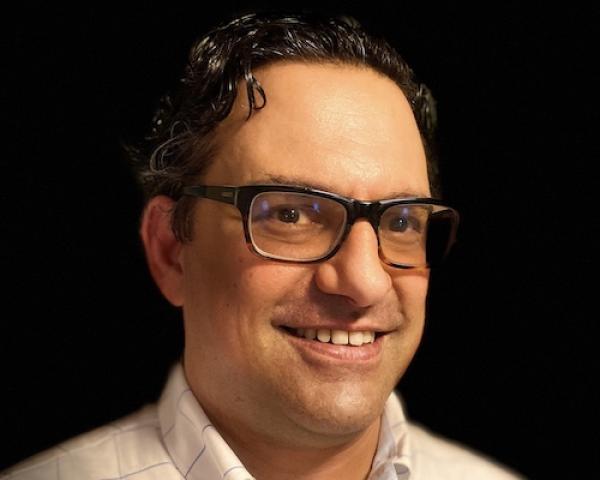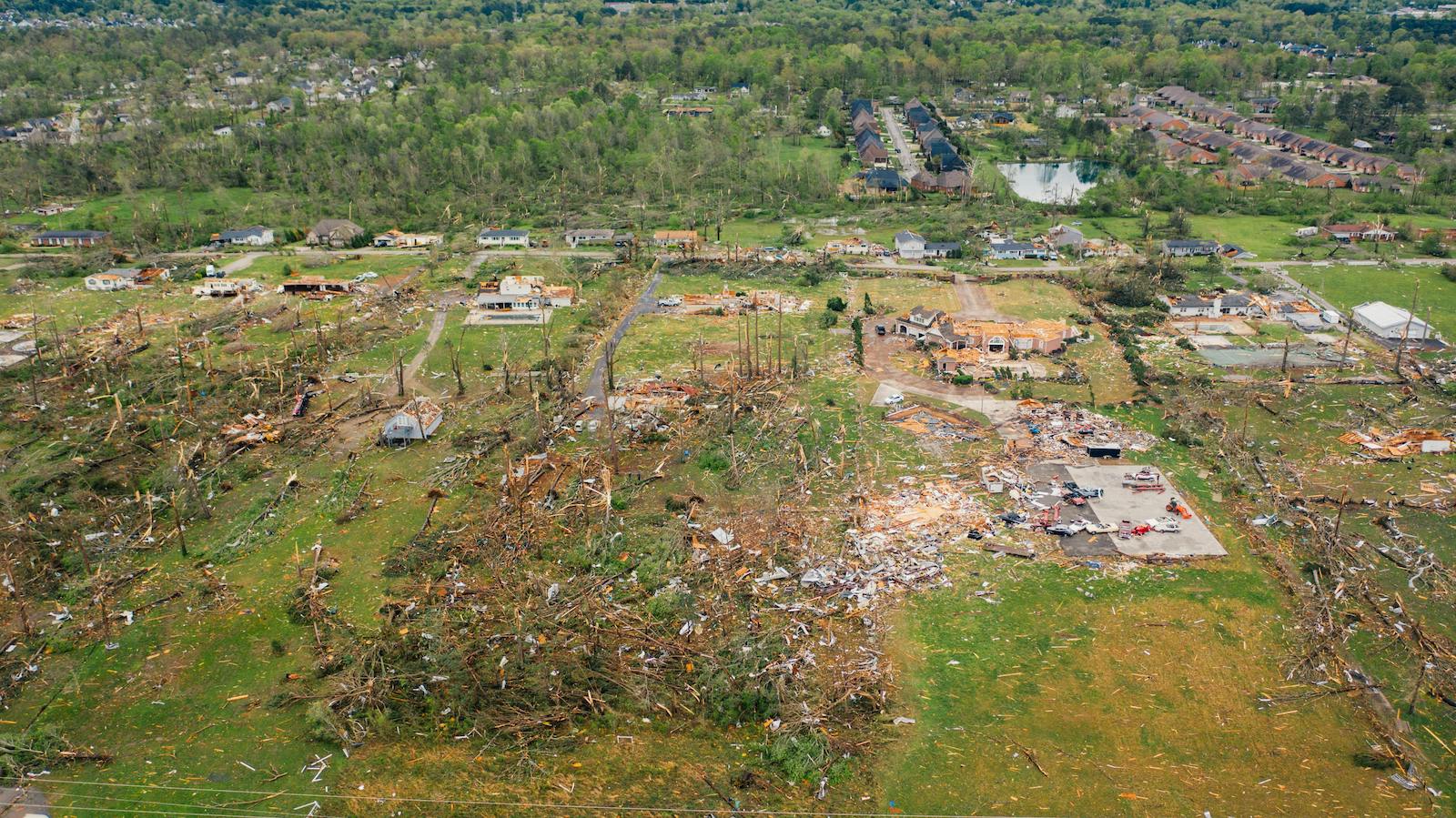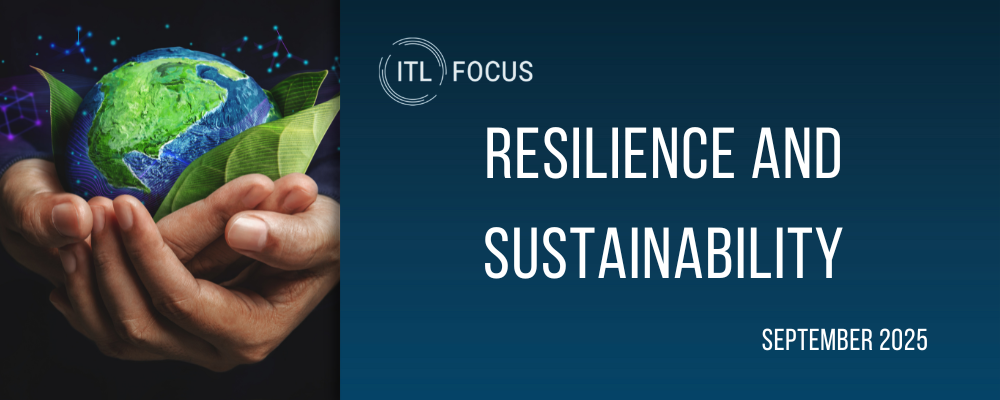Climate change poses the most significant set of risks ever facing humanity. Here are a few facts to consider:
- The hottest decade in 125,000 years was 2010-2020.
- Atmospheric CO2 is at the highest level in 2 million years.
- 1.2 trillion tons of sea ice are melting annually, and the melting is accelerating.
- As temperatures rise, we are approaching a tipping point where the oceans, which have been absorbing CO2 emissions for over a century, will begin to release CO2, accelerating the impacts of climate change.
- The impacts of climate change are resulting in serial multibillion-dollar catastrophe losses.
Although there is a lot of discussion about the industry’s heroic response to the threats associated with climate change, we argue that the aggregate industry response is underwhelming. Some facts that support this point of view:
- There is a $1.4 trillion protection gap that is growing. I.e., the industry is competing for the easy risks and relying on individuals and the public sector to underwrite the difficult risks.
- Finance and insurance together represent about 8% of U.S. GDP but only 1.7% of U.S. domestic R&D.
- Although insurtech investment has increased dramatically in recent decades, only 10% of it is going toward product development, and only a small percentage of that is going toward building climate risk-relevant products. According to McKinsey, the result is that “[Premium] growth is coming from price increases rather than from volume or new risks covered, highlighting a risk that the industry might lose its relevance over time.”
It is undeniable that the industry in aggregate is retreating from risk, at a time when society needs it to run toward the most severe risks that threaten us. That is the definition of a market failure. The industry has a unique set of capabilities that could and must be fully deployed.
The industry can and should invest in developing climate risk relevant products and services that enable it to meet the needs of customers. Specifically, the industry should invest in insurance products and services that will accelerate the transition to a low-carbon economy, encourage investments into resilient infrastructure and close the protection gap.
Paradigm Shifts
Running toward risk requires new capabilities and a new mindset. We think the following six areas provide opportunities for the sector to fundamentally change its approach and assumptions. We also think that these paradigm shifts present opportunities to both be successful from a business perspective and do good for society.
Better Analyze and Communicate Risks
The industry needs better analytic tools for projecting risk-related costs three to 20-plus years into the future, factoring in changes in climate and resilience. These tools need to be applied in ways that benefit policyholders, not just to manage risk to carrier balance sheets. This approach must include providing climate risk-related insights to smaller, less sophisticated policyholders and to vulnerable populations.
Although the industry needs new capabilities, the industry already has extensive risk-modeling capabilities that could better support the critical decisions policyholders are making today. The industry underestimates the value that policyholders, especially smaller and less sophisticated policyholders, can get from already available analytical approaches that are largely not made available to policyholders.
Increase Price Transparency
Insurance pricing quantifies and signals how climate risks cascade down to individual policyholders. Unfortunately, insurance pricing is affected as much by other forces like market cycles and individual company competitive postures, which dilute the risk-signaling role that insurance prices should have. The biggest obstacle to price transparency is the combination of one-year policy terms, an overreliance on engineering policy language to avoid risks and marketing campaigns that focus on price but ignore risk. This combination of tactics distorts policyholder understanding of their own risk and breeds distrust with the public when their losses end up not being covered.
Increased price transparency will enable policyholders to better understand their risk and make better risk management decisions, including the buying of insurance. Customers will make better decisions if they start with a clear understanding of their total cost of risk over a long time horizon. The insurance industry is in the best position to communicate and help policyholders understand their risk. Efforts to do so will create true and trusted partner relationships with policyholders.
See also: Time to Move Climate Risk Center-Stage
Expand Appetite for and Understanding of Complex and Cascading Risks
The scope and nature of risk is increasingly complex and connected, creating cascading loss events that are difficult to understand and underwrite. That doesn’t make them any less significant to policyholders. The industry needs to invest in better understanding complex systems. This will require moving beyond traditional actuarial modeling toward more significant investments into scenario planning using highly sophisticated digital twin technologies that capture second- and third-order interdependencies.
Support Community-based Solutions
Asset-specific risk assessment and underwriting ignores the complex connection issues and also puts the most vulnerable communities at risk of being left behind when it comes to getting insurance. The industry should be working with the public sector to figure out how to deliver solutions to whole communities in a way that leaves no stakeholders behind. Insurance carriers need to be building these capabilities now on their own terms, before governments and regulators force it upon them.
Promote Loss Prevention and Mitigation
The size and scope of climate risk is not transferable without investments in prevention and mitigation. All of the above paradigm shifts are designed to position the industry to better support loss prevention and mitigation. We believe that climate risk will require more carriers to make loss prevention and mitigation a strategic capability. Companies like FM Global and a number of technology-driven startups are leading the way.
Companies will also need to more seriously consider how asset-side investments into resilient infrastructure can deliver indirect returns through better insurance underwriting results. It is not enough to just lobby the public sector to invest more into resilient infrastructure.
Increase Outside Capital
The growth of ILS, catastrophe bonds and other forms of alternative risk capital have been tremendous over the past few decades. Regardless, the scope and nature of climate risks will require much more and different capital going forward. Mission-driven and non-risk-correlated capital providers, including public sector grant funding, can tolerate risks that are less palatable to traditional insurance providers. High-risk-correlated capital providers such as associations of carbon-intensive industries could invest capital that provides multiple return streams by mitigating losses to the collective. Traditional capital providers that are innovative will create opportunities for their own business models by helping non-traditional players to better understand risk and deploy capital more efficiently.
Running Toward Risk
The industry has a long history of boldly leading the response to emerging risks, including the introduction of trans-global shipping in the 1600s, industrialization in the mid-1800s and electrification and the aerospace industry in the early 1900s. It’s time for the industry to step up on climate change.
There is no doubt that climate risks may challenge the solvency of companies and maybe even the sector. It will also challenge the very fabric of society and potentially the existence of the planet as we know it. Remaining solvent and generating profits, although important, are neither sufficient nor praiseworthy ambitions for a sector that exists solely to respond to risk. The industry should take bold steps to close the protection gap, accelerate the transition to a low-carbon economy and deliver security to the communities that are most vulnerable and least capable to respond to the impacts of climate change. Doing this will require significantly higher levels of R&D than most of the industry is used to.
The companies that rise to meet these challenges will be greatly rewarded with less competition, customer recognition and regulatory favor. The winners of future market share will not be focused on how to avoid risk, they will be running toward risk with skill and confidence.






